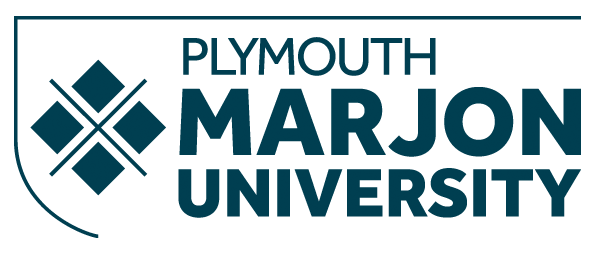Educational Technology's Influence in Higher Education Teaching and Learning
Language: English Publication details: Basel MDPI - Multidisciplinary Digital Publishing Institute 2022Description: 1 electronic resource (222 p.)ISBN:- books978-3-0365-6114-1
- 9783036561134
- 9783036561141
- Humanities
- Education
- standardized test
- Saber Pro
- student characteristics
- mean score differences
- correlations between competencies
- academic performance
- improvement
- e-learning
- technology acceptance
- learning management system
- behavioral intention e-learning
- behavioral intention
- digital learning ecology
- self-directed learning
- learning technology
- digital resilience
- higher education
- HeXie
- bioscience
- home labs
- COVID-19
- practical skills development
- learning communities
- gamification
- flipped classroom
- virtual labs
- remote lab
- virtual lab
- enquiry-based learning
- inquisitive learning
- interactive learning
- digital interruptions
- online learning
- mobile learning
- blended learning
- career planning
- electronic learning
- employability
- Technological Pedagogical Content Knowledge
- science education
- student teachers
- self-report measure
- ubiquitous learning
- learning theories
- digital transformation
- educational environment
- eco-environment
- educational design
- process model
- capabilities
- Labour 4.0
- teaching
Open Access star Unrestricted online access
Although many educational researchers were pioneers in the integration of technology into teaching and learning prior to 2000, institutions started extensively adopting technology in their courses around this period. However, the adoption process was slow and mainly followed the traditional mode of teaching in the formal university learning environment. The COVID-19 pandemic’s disruption “forced” everyone to use technology for teaching and learning purposes, supporting synchronous and/or asynchronous teaching and learning processes. This book aims not only to present successful practice examples from before or during the COVID-19 pandemic, but also to provide useful information to university teachers, assisting them in further understanding the higher education context, demands and challenges of digital education. Including evidence from the current higher education landscape from all over the world and discussing various frameworks allows institutions and policymakers to take decisions about the future digital education transformation, while teachers and educational researchers can find examples of how various digital learning tools (i.e., virtual simulations and e-portfolios) are integrated into teaching and learning processes in various environment (i.e., online, and blended learning). Considering experiences prior to the COVID-19 pandemic alongside the opportunities and challenges brought about by the pandemic, this book can support the higher education sector in considering curriculum reformations and introducing innovative teaching and learning approaches to meet the Industrial 4.0 revolution.
Creative Commons https://creativecommons.org/licenses/by/4.0/ cc https://creativecommons.org/licenses/by/4.0/
English
